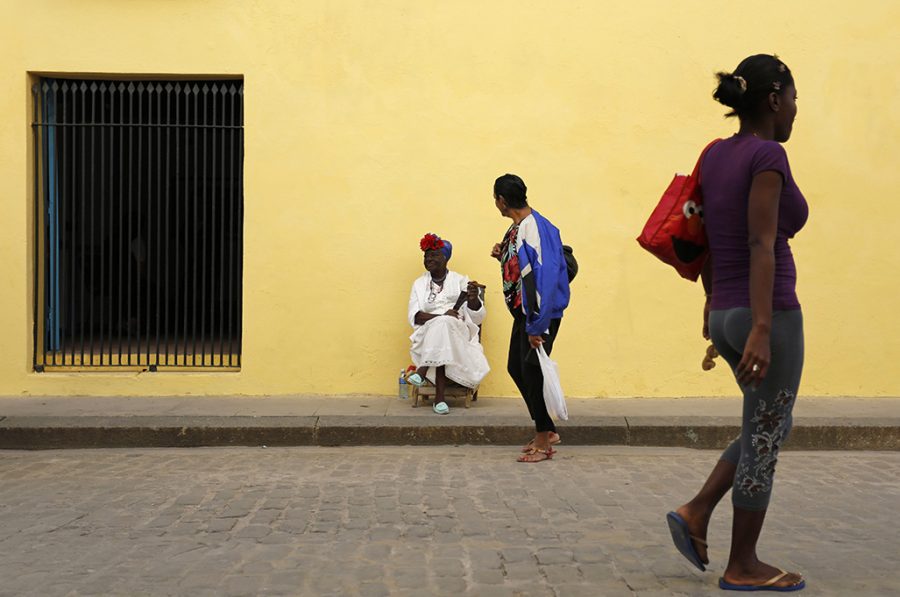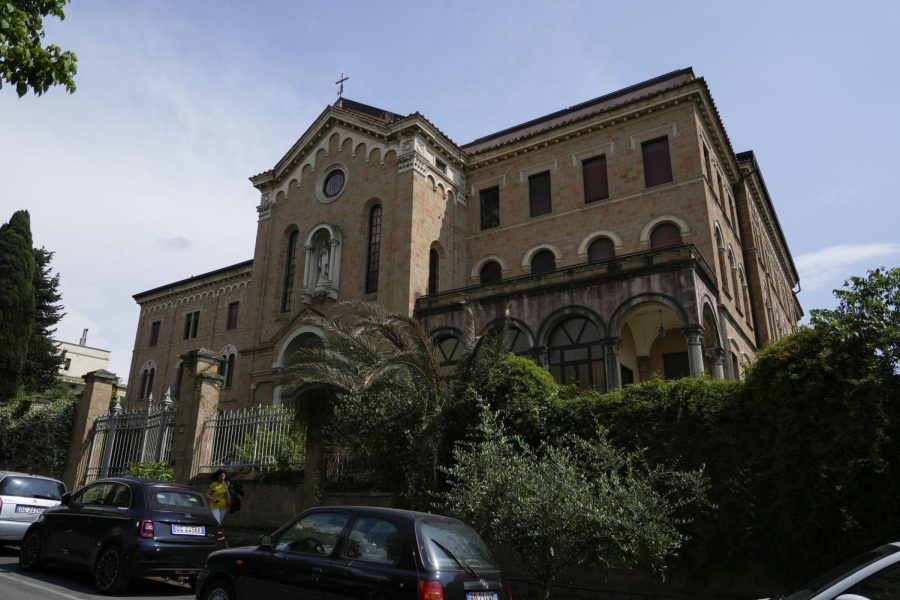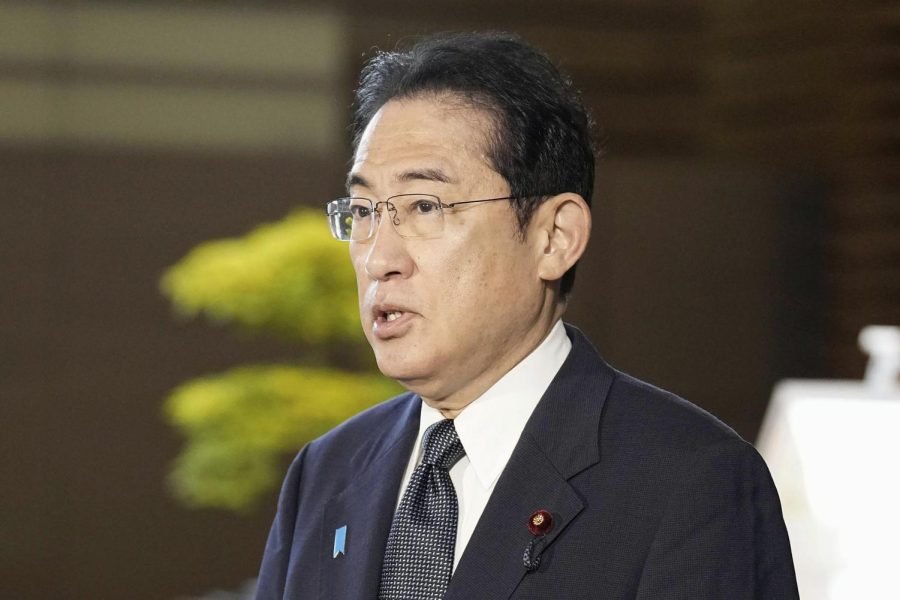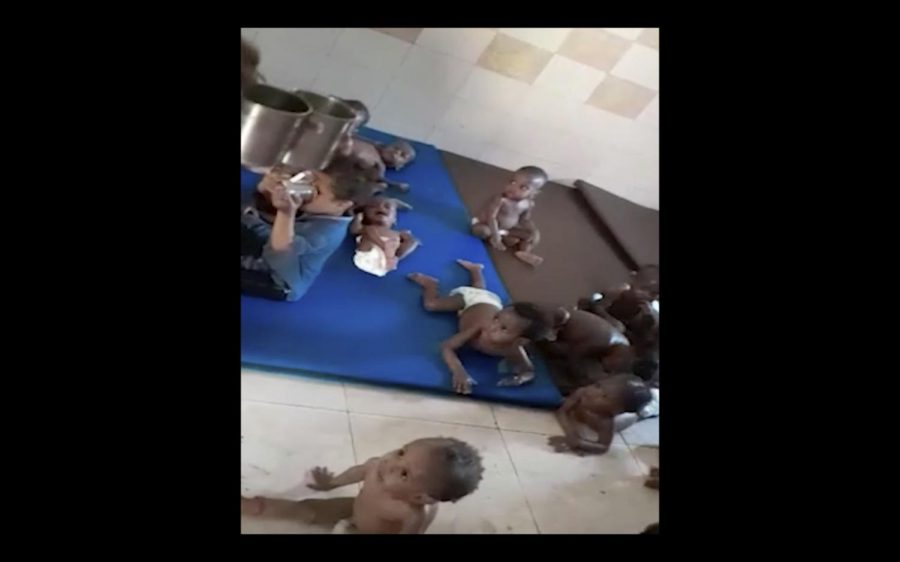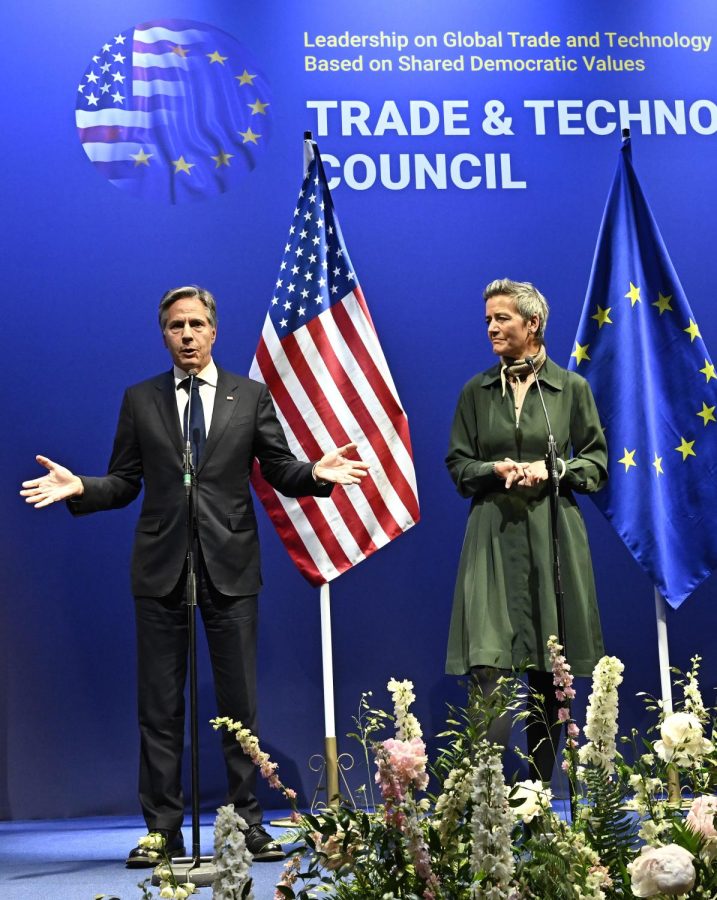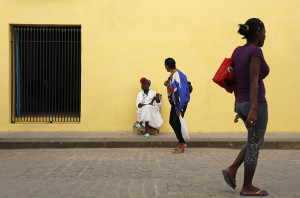
BETH J. HARPAZ
Associated Press
HAVANA Travel experts and upscale magazines are urging travel to Cuba before it changes. But visitors envisioning salsa in the streets and glamorous vintage cars should also be prepared to manage without ATMs, credit cards, Wi-Fi, air-conditioning, seat belts or toilet paper.
Here are eight tips for visiting Havana:
1. IF YOU NEED IT, BRING IT
I forgot to bring my toothbrush to Havana. It took me three days to find a new one.
Granted, I was in a “casa particular,” a Cuban homestay booked through Airbnb in a rundown part of town. Street vendors sell Che Guevara T-shirts and tropical fruit. But good luck buying sunscreen or Band-Aids. The fancy hotels sell some things in shops onsite, of course, but Havana just doesn’t have many stores. Even Harris Brothers, a market on Monserrate at O’Reilly Street, isn’t overflowing with consumer goods — though you can buy souvenir bags of coffee.
Public bathrooms aren’t bad, but I was glad I’d brought a roll of toilet paper in my bag.
2. PREPARE FOR THE HUSTLE
“Happy holiday, lady!”
This cheerful salutation greeted me as I walked past crumbling buildings and rubble-filled streets in many sections of Old Havana. Blonde, 5 foot 10, map in hand: Yeah, I stood out. But conversations with overly-friendly strangers often devolved into shakedowns. They wanted to sell me cigars or exchange my dollars. Could I buy them drinks or give money for their children?
Violent crime in Havana is rare. I never felt threatened — just hassled.
3. LOGIC ISN’T ALWAYS STANDARD
For my flight home, I got to Havana’s airport at 5:30 a.m., just like the paperwork specified. Too bad the airport didn’t open until nearly 7 a.m.
I also went to the famous H. Upmann cigar factory for a tour, only to be sent to a different location for a ticket. There I was told, “There are no tours today, but we can sell you a ticket for tomorrow!”
And so it went. Havana is not always a logical place.
4. BRING CASH, BUDGET CAREFULLY
Are you old enough to remember traveling without credit cards, ATMs and smartphones? Then visiting Cuba will be a trip back in time. Bring cash to change into convertible pesos, also known as CUCs (not CUPs, the currency used by locals). And budget carefully: There are only a handful of ATMs in Havana and U.S. bank cards aren’t currently accepted.
On paper, one U.S. dollar is worth one CUC, but the Cuban government takes a 13 percent fee, so you get 87 cents for your dollar. Privately, Cubans may offer 90 cents or more on the dollar; be careful whom you trust.
I have MasterCard, Visa and American Express cards, but none could be authorized for use in Cuba in May. Even when the rules change (or if your card is from a non-U.S.-bank), businesses rarely accept plastic.
5. WI-FI IS RARE
Cuba’s offline culture makes trip-planning complicated. It takes days to confirm arrangements because most Cubans can’t check email from home. Automated online reservations are rare.
If you must go online in Havana, hotels sell Internet cards for lobby Wi-Fi for $4 or $5 per 30 minutes. Even then, though, the Wi-Fi may not work.
A paper map is essential; drivers don’t have GPS and there’s no Googling an address on the fly.
6. PREPARE FOR THE OLD CARS
Cuba’s vintage cars sound picturesque — until you’re in one with no seat belts, no air-conditioning in 90-degree heat, broken windows, belching smoke and doors that open in transit.
The old cars aren’t just American. One 20-something driver told me he inherited his 1981 Russian-made Moskvitch car from his grandfather, who was awarded the car for being a good worker.
Havana’s official, government-owned taxis seemed to be in better condition than privately-owned cars — although tourists are routinely overcharged. Meters supposedly exist, but I never saw one.
7. SEEK OUT PRIVATELY-OWNED EATERIES
Government-run cafeterias in public places like museums are dreadful. Stick to “paladares” — privately-owned restaurants. You’ll need reservations for the best. Prices are moderate but not cheap; food is good but not outstanding. My best meals were at 304 O’Reilly (the restaurant name is also the street address), which offers trendy, light fare (terrific ceviche, lobster and pasta), and Cafe Ajiaco in Cojimar (Calle 92, number 267), whose owner showcases what he sees as the best of traditional Cuban cuisine.
A safe bet in most eateries is a ham and cheese sandwich — called a Cuban in the U.S., but jamon y queso here. Cafe con leche is uniformly superb, as is tropical fruit.
For a drinking tour, consider Ernest Hemingway’s advice: “My mojito in La Bodeguita, my daiquiri in El Floridita.” The handwritten quote, allegedly scribbled by Hemingway himself, is framed at La Bodeguita del Medio over a bar mobbed with tourists. The Floridita is nicer: great air-conditioning, icy daiquiris and a bust of Hemingway, perfect for selfies.
The Hotel Nacional’s outdoor bar is lovely, on a lawn with a view of the sea. Have a Cuba libre (rum and cola, but not Coke) or a Cristal beer, then check out the photo gallery of famous guests — mobsters and Hollywood celebs.
8. ATTRACTIONS DON’T COME CHEAP
Havana’s best attractions include the waterfront promenade known as the Malecon, Old Havana, Hemingway’s estate at Finca Vigia and the Museo de la Revolucion, where “Cretins’ Corner” mocks Ronald Reagan and the Bush presidencies. The stunning Cuban collection at the Museo Nacional de Bellas Artes ranges from colonial portraits to 20th century political pop art.
The Tropicana show is on many top 10 Havana lists. If spending nearly $100 to see skinny dancers in see-through bodysuits with sequin pasties and chandeliers on their heads sounds fun, by all means, go. Otherwise, try the music scene at Casa de la Musica in Central Havana.


